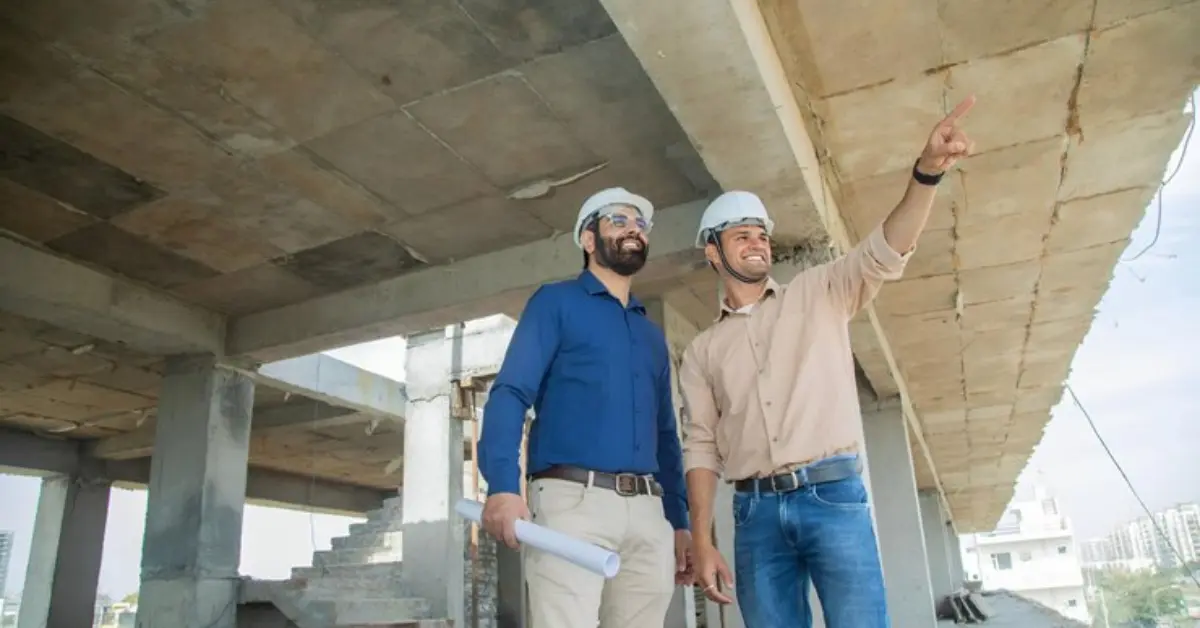Islamabad, the serene capital of Pakistan, serves as both a political center and a canvas for architectural innovation. Architects in Islamabad are not just designing buildings but are actively shaping public spaces to enhance community interaction and urban development. This article explores the impactful contributions of Islamabad’s architects in transforming the cityscape into functional and aesthetically pleasing environments.
Urban Design as a Catalyst for Social Interaction
Urban design in Islamabad is pivotal in fostering social interaction and community engagement. Architects are moving beyond traditional approaches to incorporate green spaces, pedestrian-friendly pathways, and interactive installations. For instance, projects like the redesign of F-9 Park exemplify how thoughtful planning can create spaces that encourage outdoor activities and cultural events, thereby strengthening community bonds. This approach is also crucial in redefining commercial spaces in Islamabad, blending functionality with aesthetic appeal to enhance both user experience and community connection.
Sustainability and Environmental Impact
The concept of sustainability is gaining momentum among Islamabad’s architectural community. Architects are increasingly incorporating eco-friendly practices into their designs to minimize environmental impact. This includes the use of locally sourced materials, energy-efficient building techniques, and the integration of renewable energy sources such as solar panels.
For instance, the design of new commercial and residential complexes often incorporates green building certifications like LEED (Leadership in Energy and Environmental Design), emphasizing water conservation, efficient waste management, and reduced carbon emissions. Projects like the Pakistan Monument Museum Complex showcase how sustainable architecture can harmoniously blend with Islamabad’s natural surroundings, promoting environmental stewardship while enhancing aesthetic appeal.
Cultural Preservation and Contemporary Design
Islamabad’s architectural landscape is a juxtaposition of cultural preservation and contemporary design trends. The role of architects in Islamabad is crucial as they strive to honor the city’s rich cultural heritage while embracing modern architectural principles. This balance is evident in projects like the Lok Virsa Museum, where traditional craftsmanship and indigenous materials are seamlessly integrated into modern museum architecture.
Moreover, initiatives such as the Islamabad National Art Gallery expansion highlight the city’s commitment to promoting arts and culture through architectural innovation. By preserving historic landmarks and promoting local artisans, architects play a crucial role in preserving Islamabad’s identity while fostering creative expression and cultural exchange.
Future Prospects and Innovations
Looking ahead, Islamabad’s architects are poised to tackle emerging challenges and opportunities in urban planning and design. The city’s master plan includes provisions for sustainable development, green infrastructure, and smart city technologies. Architects are exploring innovative solutions such as vertical gardens, smart street lighting, and adaptive reuse of existing structures to optimize urban space and improve quality of life.
Collaboration between architects, urban planners, and policymakers is essential to ensure that future developments align with community needs and environmental sustainability goals. By harnessing creativity, innovation, and a deep understanding of local contexts, architects in Islamabad are not only shaping public spaces but also contributing to the city’s evolution as a dynamic and livable capital.
Conclusion
In conclusion, architects in Islamabad are playing a transformative role in shaping public spaces that are functional, sustainable, and culturally enriching. Through visionary design, environmental stewardship, and a commitment to community engagement, they are paving the way for a more inclusive and vibrant urban environment. As Islamabad continues to grow and evolve, the contributions of its architects will remain integral to the city’s identity and future development.
- Phone: +92 3015161981
- Email: info@oddisodd.com
FAQS
What is the role of architect in shaping the society?
Architects play a crucial role in shaping society by designing spaces that influence behavior, promote cultural identity, and enhance quality of life.
What is the role of architecture in shaping cities and communities?
Architecture shapes cities and communities by creating functional and aesthetic spaces that facilitate social interaction, economic activity, and sustainable development.
How does architecture shape society?
Architecture shapes society by influencing how people live, work, and interact within their environments, fostering community identity and promoting well-being.
What are the architects responsibilities in relation to the society?
Architects have a responsibility to design with consideration for social impact, sustainability, and inclusivity, ensuring their work contributes positively to the communities they serve.




Comments are closed